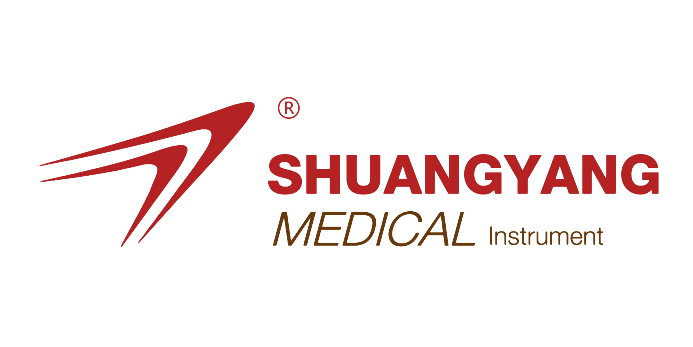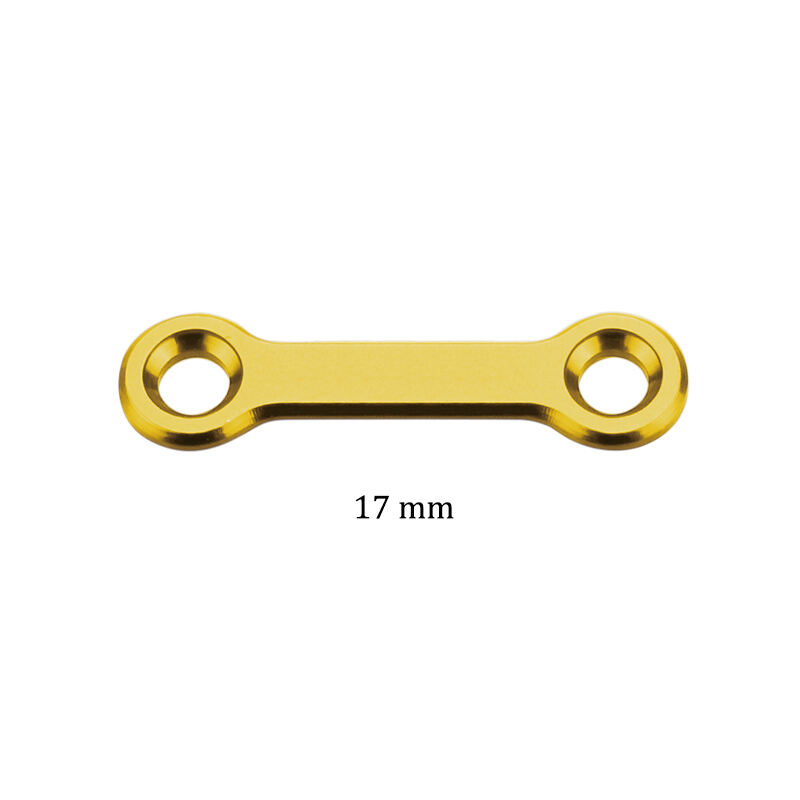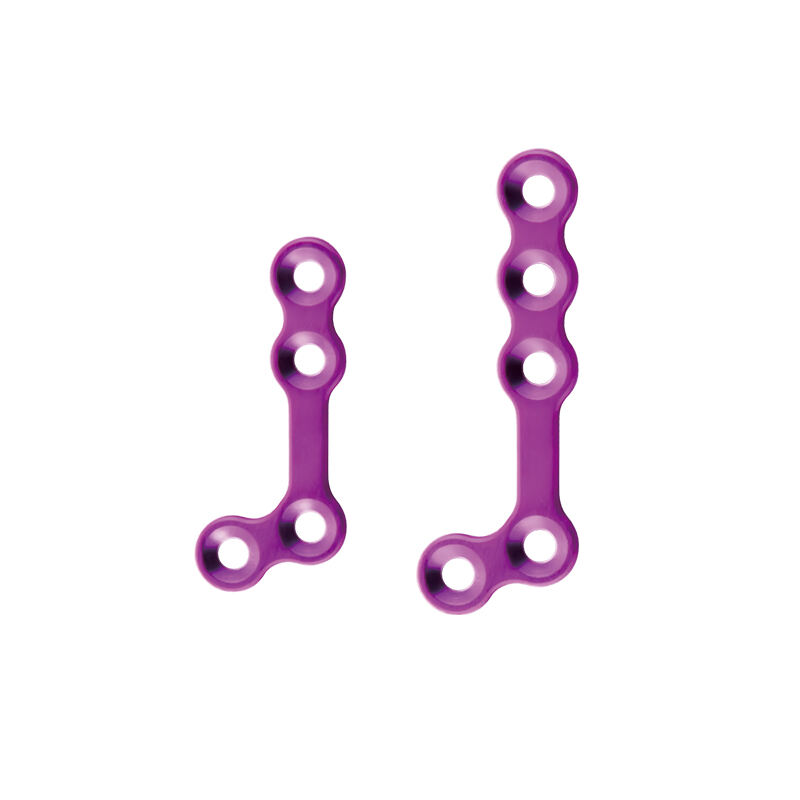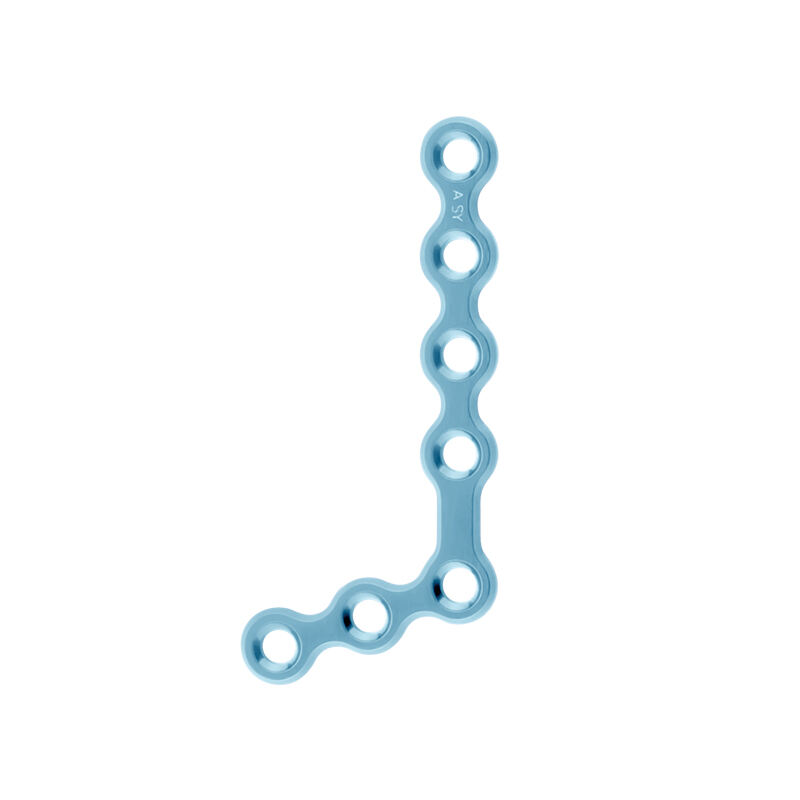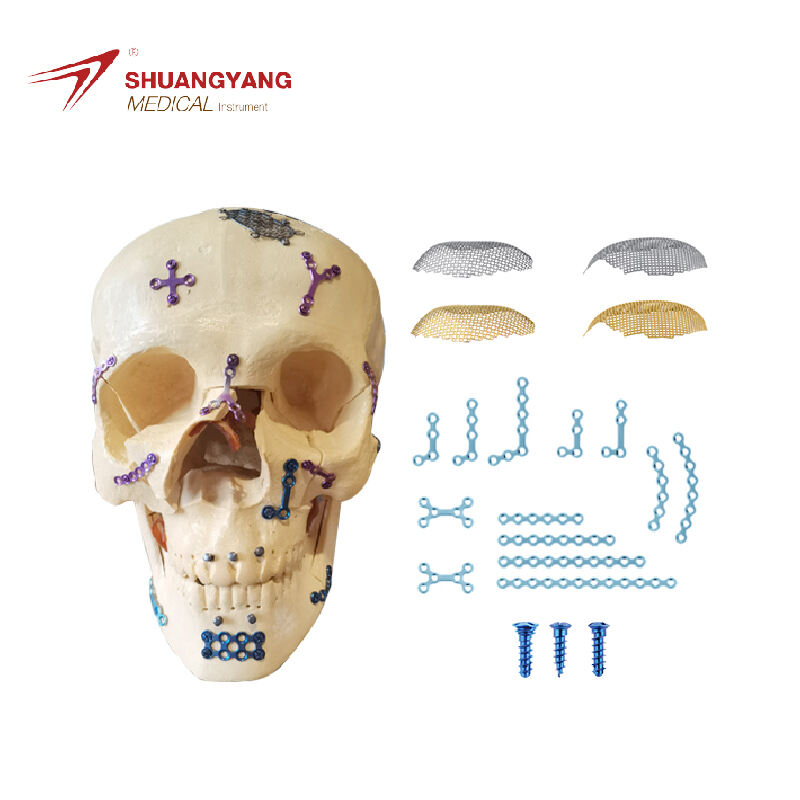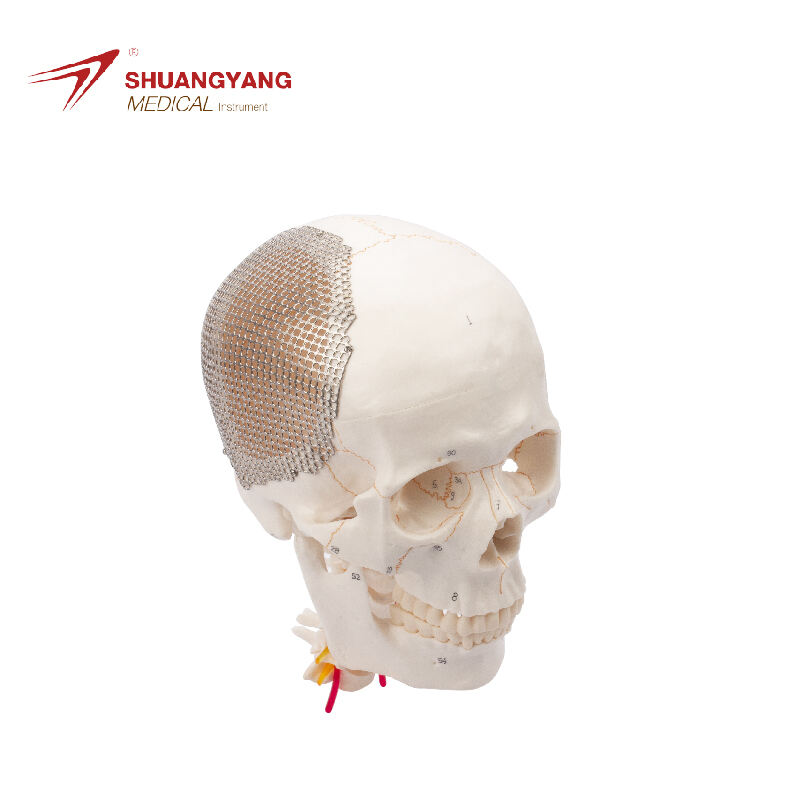anatomy of sternum
The sternum, commonly known as the breastbone, is a flat bone located in the center of the chest. It is an essential part of the human skeleton, serving as the anchor for the rib cage and playing a crucial role in protecting vital organs such as the heart and lungs. The sternum consists of three main parts: the manubrium, the body, and the xiphoid process. Technological features of the sternum include its unique shape and structure that allow it to resist compressive forces, providing stability to the thoracic cavity. Its applications in medical and surgical fields are vast, from being a key landmark for procedures to its involvement in the study of chest wall deformities.
 EN
EN
 FR
FR
 ES
ES
 AR
AR
